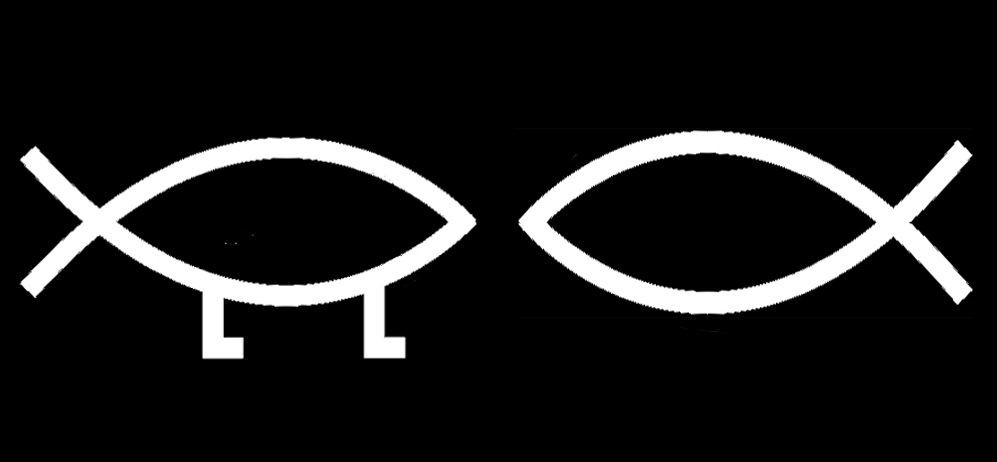Evolution by Natural Selection
I am in the process of writing a second entry to my "Guide for the Perplexed" on evolution by natural selection, to match my Guide to Climate Change. In the meantime, I've collected some resources below that might be helpful:
External collections
First, the Smithsonian's National Museum of Natural History has an excellent education page about human origins, including lesson plans, a glossary, and a compilation of scientific literature. This is a great place to begin looking.
Nature, the most-cited scientific journal in the world, has developed an educational website called Scitable. Their glossary is particularly helpful for those exploring the life sciences without a formal background, and their library is a good place to begin learning about any scientific topic.
The National Center for Science Education hosts a fantastic collection of resources on evolution.
The University of California at Berkeley hosts an "Understanding Evolution" site, which functions as a one-stop-shop for learning about evolution, especially for teachers.
Natural Selection in real-time
A team from Harvard Medical School pulled together a fantastic demonstration of evolution in action. Bacteria provide a quality example because their shorter life cycle allows for many generations within several days.
Signs of Evolution on your body
This video describes several classic examples of vestigial traits, which are inherited from our genetic ancestors but no longer used by modern humans. Other mammals - who have a common ancestor with humans from several hundred million years ago - retained and further developed these traits.
Natural Selection Simulators
This simulator, from sciencenetlinks.com, is a quite simple demo of bug colors and pollution, reminiscent of the famous moth example.
This one, from the Science Education for Public Understanding Program, is a much more sophisticated simulation tracking various bird characteristics over thousands of generations.
The Human Genome
This YouTube playlist, created by the NIH's National Human Genome Research Institution, gives a walkthrough of how genomes are sequenced.
Question: "How can genomes gain information over time?"
Richard Dawkins is no friend of religion, but he is a world-class evolutionary biologist and science communicator at Oxford University. Some years ago he was posed this question by a creationist interviewer who gained an interview on false pretenses. He later wrote this article to give a thorough answer to the question of genes, information, and evolution. PS: Dawkins actually coined the term "meme" in his 1976 book "The Selfish Gene," defined as a culturally transmitted idea.
The Sizes of Things
The University of Utah hosts a fantastic online genetic science learning center, which contains a great demonstration about the relative size of all the things that make up our bodies.

